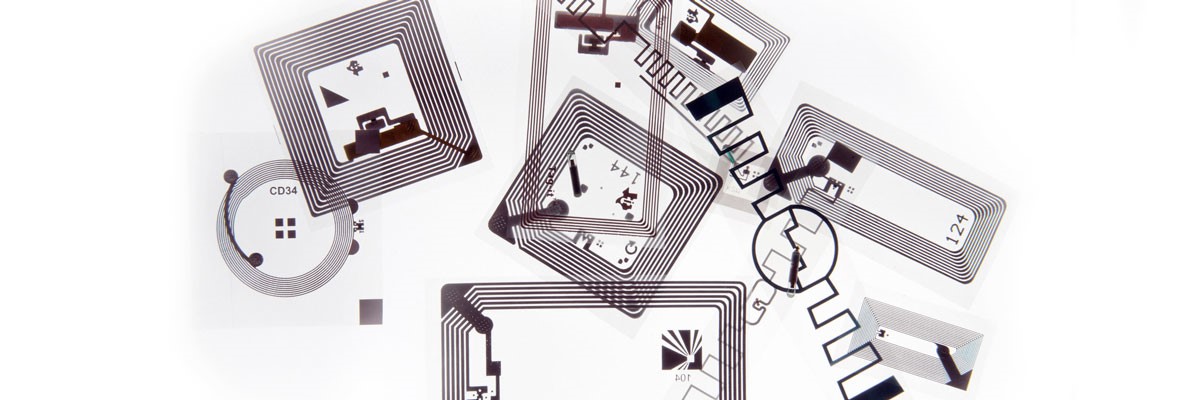
RFID is by now a well-known technology. Nevertheless, the aspects that make RFID really advantageous for people and object identification are not always clear… And they are not exactly the ones quoted under “RFID Advantages” by Wikipedia.
In particular, this article deals with passive UHF RFID, the technology that enterprises usually utilise in traceability projects, production and logistic process optimization and fight against grey market.
Therefore, which are the 3 RFID features that make the difference, when comparing it with traditional identification via barcode reading or visual identification?
In a few seconds, it is possible to continuously identify (from the human perception point of view) a high number of objects (tens, up to hundreds) positioned near the sensor (up to about 10 metres away). All this by means of mobile or fixed reading devices.
It is not necessary to “see” the object to identify it, as it is the case with barcode readers or manual identification: the objects, illuminated by the sensor radio waves, respond even if the user does not see them.
It is the software application that governs the identification process and the events which must be triggered following it.
Two RFID tags attached to two identical objects make every single item unique and recognisable during all its life cycle. It is every RFID tag unequivoval code that determines its identity.
This last feature, together with the above mentioned ones, allows realising applications for object search, inventory, production progress check or reception and shipping goods control, which are much appreciated by our customers, especially in the fashion and manufacturing sectors.
For example, this video shows an ”object search” application we have realised.
The app, installed in a smartphone, connected via Bluetooth to a mobile sensor, allows operators individualization of a specific object among all those present on the shelves, thanks to an acoustic signal and a chromatic indicator.